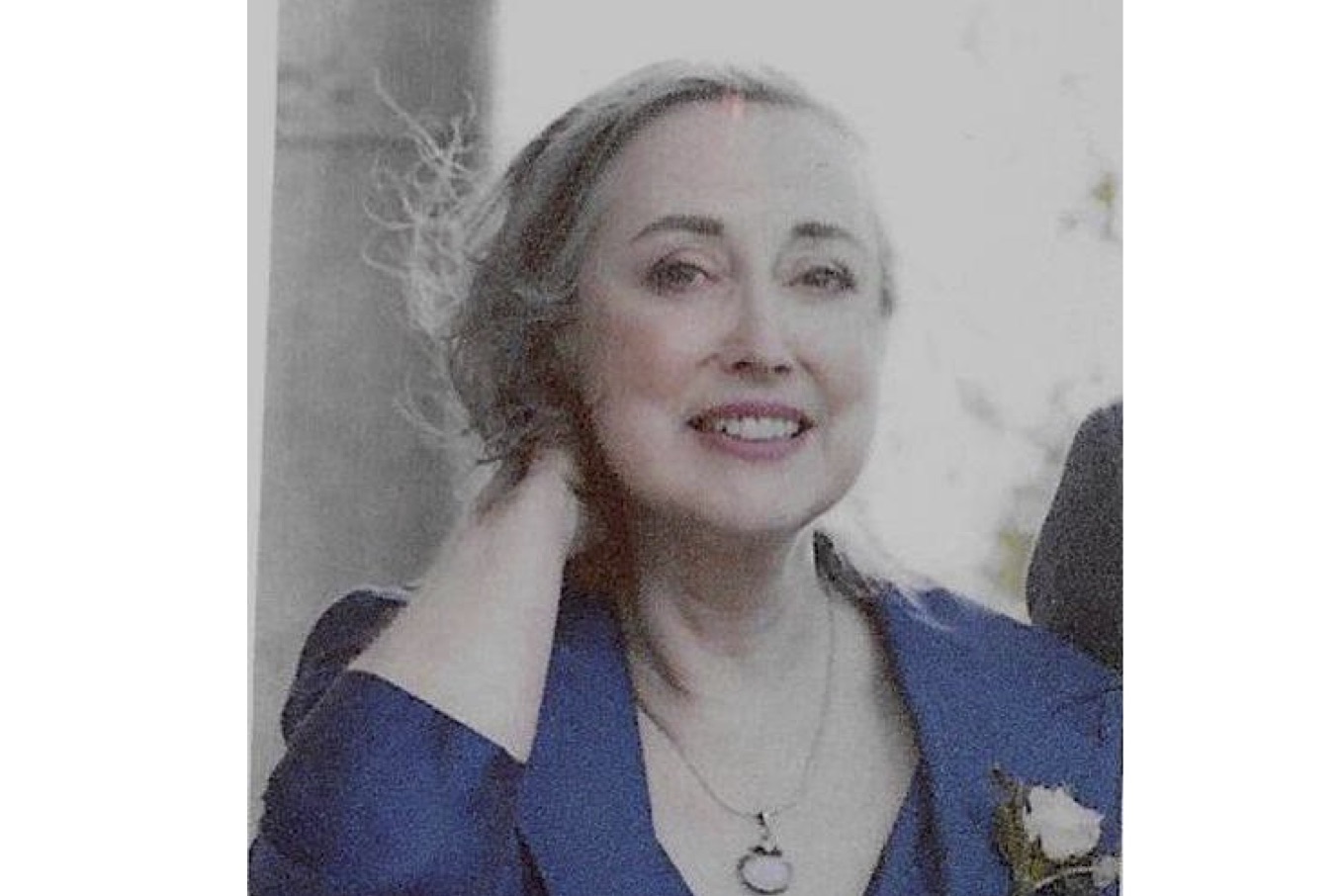- Screen Colours:
- Normal
- Black & Yellow

Conserving your Family Archive
At short notice, Sue kindly stepped in to replace our Chris Broom,
who had to postpone his previously advertised talk on "Getting started in Family History".
This will follow in due course.
CONSERVING YOUR FAMILY ARCHIVE
On 15th January, 33 members and visitors in person, with more via Zoom, attended a presentation by Sue Gibbons about conserving family archives. Sue is a Family History Federation speaker, former Librarian of the Society of Genealogists (1991-2010), the author of a book for the Anglo-German Family History Society, and a Fellow of the Society of Genealogists.
We were taken through a comprehensive catalogue of the various ways to keep things safe and in a good condition. You name it — Sue could tell you the best possible way to keep it in the best possible condition. She had instructions for the best way to preserve and store items of paper, textiles, wood, ceramics and even toys. Our ancestors have taken care of so many things from our families' history, photographs, documents, the Family Bible, perhaps christening robes or items of uniform — and it is incumbent upon us to continue to care for them to the best of our ability.
Sue’s list of conservation enemies included dirt, dust and insects. Extremes of temperature and humidity should be avoided. Strong sunlight is a definite no-no. Plastic bags and boxes are not appropriate, nor are elastic bands. Photograph albums with plastic sheets to anchor the photographs in the book will ruin the pictures. [I know now — a bit late, unfortunately; they seemed a good idea at the time!]. With documents which need repair, Sue recommends the use of repair-tape such as Filmoplast P for almost invisible mending of documents, book pages and maps, or P90 for more substantial repair of loose pages and torn edges.

A clamshell archival storage box [similar to that illustrated above] protects against temperature fluctuations; a range of 18°C to 20°C are the ideal conditions. You can buy an Archival Box from Norfolk Records Office — the staff there will make a box for you, if you send the dimensions of your article to them at https://www.archives.norfolk.gov.uk/our-services/buy-an-archival-box. [This link has just been added to our «Links» webpage A-Z, which you may find of interest — Webmaster]
Textile items should be hung, avoiding very damp or very dry conditions, away from radiators and direct sunlight. They should be stored ideally on a north-facing wall, but not against outside walls.
Clean wooden items with a dry, soft duster. Dust any carvings and crevices on wooden items with a small soft brush, and polish infrequently with a small quantity of high-quality beeswax polish. Silver and plated objects should not be cleaned too much, or details and patterns could be worn away and lost. Polish copper, brass or bronze very carefully with a duster.
Sue gave various ways archival material could be saved digitally. She also gave advice about setting up a family-history website and books which could be studied to help this to be achieved. In July 2023, Group member Jane Evans gave us a presentation about incorporating your archive history into a book.
And finally, decide ...... what you want to happen to your archive following your death, and ..... note it in your Will.
Pat Carter
You can read more background to Sue's talk in our blog at https://avsfhg.org.uk/news/view/137.